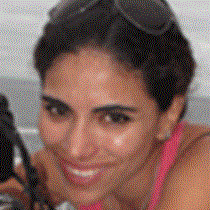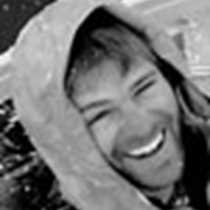Today we visited the fourth largest island of the archipelago, Santiago (also known as James or San Salvador Island). This island was a common stop for buccaneers, pirates, whalers, and other visitors of the Islands including Charles Darwin. The island offered good anchorage areas, as well as some fresh water in the highlands and giant tortoises for the hungry sailors. There was even some economic activity as a salt mine operated here until the mid-1900.
All this activity brought consequences: The populations of giant tortoises diminished, the land iguanas nearly became extinct, the vegetation changed, and introduced species took over the island. Luckily as humans didn’t establish themselves on the island, today Santiago is still an uninhabited island where we can run different programs to try to restore the ecosystems. The eradication of goats was a huge accomplishment. The reintroduction of giant tortoises has been taking place here for decades, plant life is being studied, and the endemic rat was rediscovered. There is hope for Santiago. That is why Lindblad adopted this island to support the projects that are happening here. We believe the island can be restored. And we believe that by giving our guests these unique experiences we can inspire them to care about Galapagos, to care about our planet.
We visited Santiago at three different locations today. We disembarked early on Espumilla beach where we hiked over a hill to enjoy the beautiful view of the bay and then we explored the beach to practice our photography. Galapagos Hawks posed for our lenses.
We then moved to Buccaneer’s Cove where we kayaked and snorkeled along the shore. We then visited Puerto Egas where our trail took us to the Grotos, collapsed lava tunnels that are home of the endemic fur seal.
The day ended at a black beach where we saw the sun setting behind some much eroded tuff cones. Birds were diving for food, fish were jumping out of the water escaping predators, and we … we were there observing the dynamics of this beautiful ecosystem, just like Darwin did hundreds of years ago.









